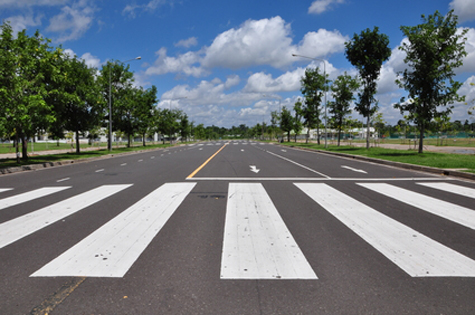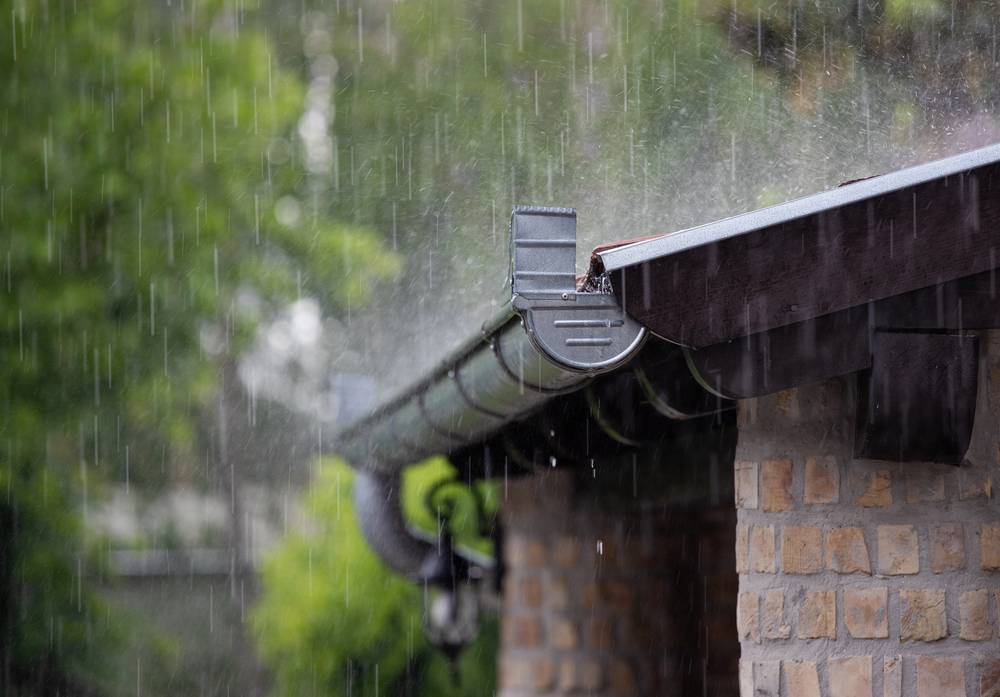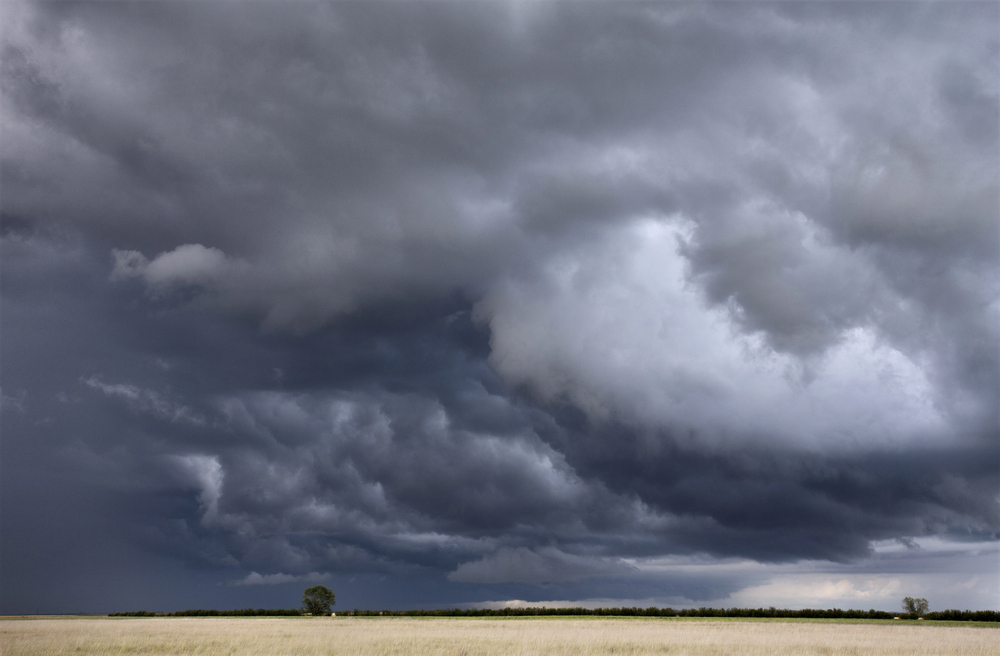Owned Premises Across the Street: One or Two ‘Insured Locations’?

By: Bill Wilson
An agency has a disagreement in the office as to what constitutes an “insured location.” An insured owns a home and outbuilding on an 11-acre parcel of land. The insured’s parents gifted them a 64-acre parcel of land across the street from the home, which contains two buildings. All that separates the two parcels of land is a road.
Q: “I contend that the 64-acre parcel is contiguous to the 11-acre parcel and we have one ‘insured location.’ Another producer in my office disagrees, arguing we have two ‘insured locations’ and should add an endorsement for liability and property coverage to adequately cover this insured. Who’s right?”
A: “Assuming an ISO HO-3 policy, I think there is a good argument that the gifted premises are an ‘insured location’ for liability coverage under the ‘used in connection with’ portion of the ‘insured location’ definition. However, I anticipate two potential problems:
1) Does the insurer agree with this interpretation? It really doesn’t matter what any of us think if the insurer does not concur. If the insurer were to deny a liability claim, the insured might go to court and win, but who wants to do that? The best course of action is to find out how the insurer qualifies this premises and insure accordingly.
2) The ‘insured location’ issue is a liability concern. To earn coverage for damage to the buildings on that premises under Coverage B, they must be on the ‘residence premises’ as defined in the policy. You can accomplish coverage in at least two ways:
a) Delineate ‘residence premises’ on the HO declarations page to include the gifted premises, and make sure the Coverage B limit is adequate for all structures. Including the gifted premises within the ‘residence premises’ on the declarations page also takes care of the ‘”insured location’ issue, since it is defined to include the ‘residence premises.’
b) If the insurer won’t do that, you will need to use one of two ISO endorsements to cover buildings off the premises—a common tactic with elaborate duck blinds, deer stands, garage or storage buildings across an alley and more. I used this method with my last HO insurer to cover our boat dock, which is technically on Army Corps of Engineers property. To cover an $25,000 off-premises dock structure by endorsement cost me about $100. The liability coverage (aside from the watercraft exposure) had liability coverage as an ‘insured location.’ My current HO carrier, on the other hand, allowed me to designate the dock as part of my ‘residence premises’—eliminating any need to endorse the coverage. As you can see, it depends on the insurer.
Absent all this, you are probably looking at a separate policy or another HO insurer.”
Bill Wilson is director of the Big “I” Virtual University.
This question was originally submitted by an agent through the VU’s Ask an Expert Service. Answers to other coverage questions are available on the VU website. If you need help accessing the website, email logon@iiaba.net to request login information.










